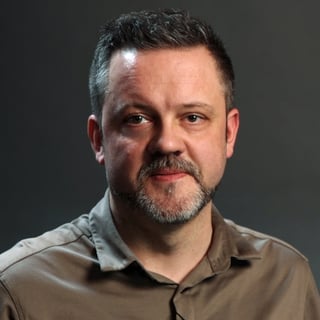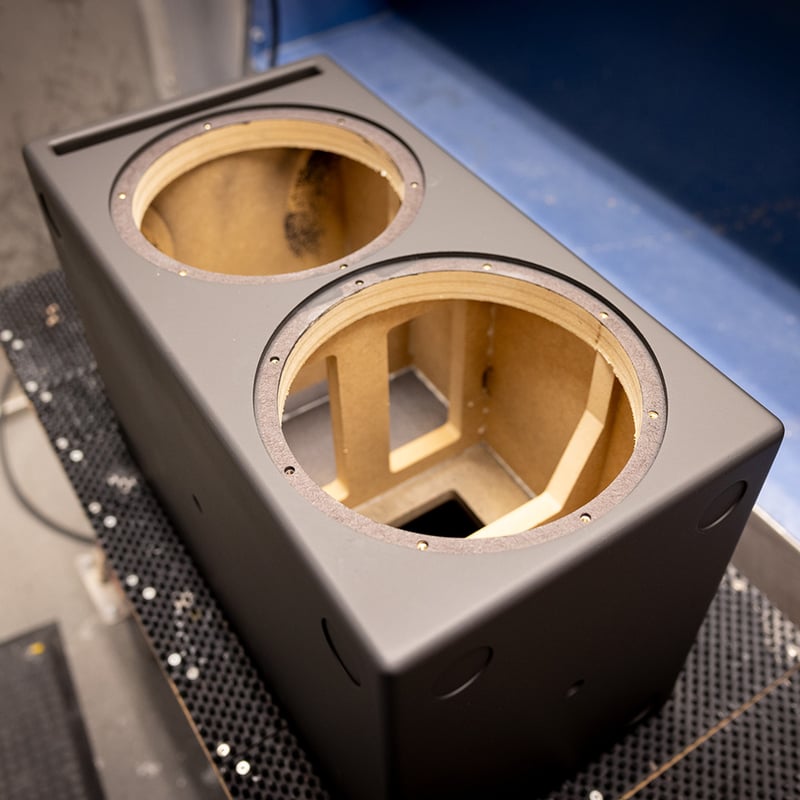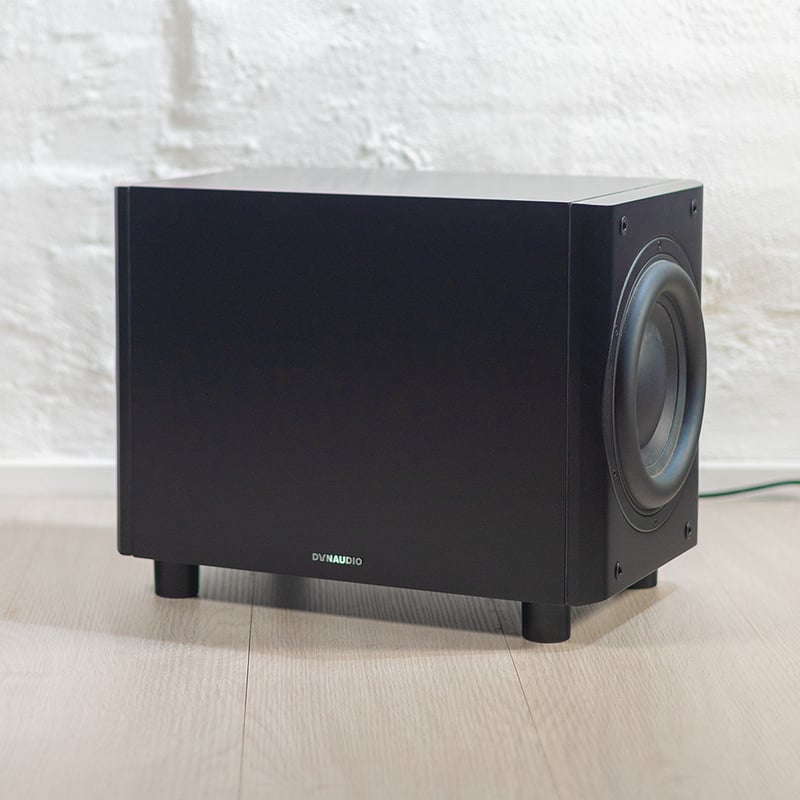This time around we're attempting to demystify the subject of speaker sensitivity. There's watts and volts, and decibels and… you get the idea. But don't fret – all will be made clear on this episode of Ask The Expert!
Don't forget to send us your questions regarding all things loudspeakers via the form at the bottom of this page. Who knows, maybe we'll answer them in an upcoming episode of Ask The Expert!
What does 'sensitivity' mean on the specification sheet?
Sensitivity, in simple terms, is a number that tells you how loud the loudspeaker is going to play given a certain amount of voltage input to the loudspeaker. Whilst it may seem like an important number on the face of it, in reality, speakers of the same type and size generally have quite similar sensitivity, often varying a few dB from the average at most.
If you have horn speakers or very special types of speakers like electrostatic speakers or something similar, then the above claim might be a bit different. But for a typical dynamic speaker in a box, the size of the speaker really determines the sensitivity.
Side note: a bit counter-intuitively to what you might think, a larger loudspeaker is typically easier to drive than a small loudspeaker, because a larger speaker will play louder given the same input voltage. On the other hand, it will typically also be able to handle more power, meaning that if you want to maximize the speaker, you'll need more power. But if you want to play a given level, a larger speaker requires less power to drive.
Going back to the dB discussion for a moment, it's important to point out that 3 dB is actually a doubling of input power. so if the speaker is 3 dB less sensitive, it will actually require twice as much power. We have another article and video regarding input power here.
But, as we mentioned earlier, most speakers are within a few dB sensitivity-wise, so – especially if you have a decent amplifier – it's usually not something to worry about at all.
A few words about sensitivity specifications. In the "old days" you typically specified sensitivity against 1 watt of input, so you gave the speaker 1 watt input and then you measured the output. Today we use – according IEC standards – 2.83 volts. The reason it's that specific number is that 2.83 volts with an 8-ohm impedance is 1 watt. The problem with this system is that the speaker impedance is variable according to frequency and it might be different to what the official nominal impedance actually is. So, it's more accurate to measure it against the voltage input.
When you turn up the volume of an amplifier, you are actually increasing voltage – you're not increasing watts. Wattage is a result of what happens when you adjust voltage, and then the impedance of the speaker defines how many watts are going through the the amplifier. Therefore, it's more accurate to specify against the voltage.
So the specification number is a relative number. It doesn't indicate how loud your music is going to play in your living room, because you have the volume control, i.e. you decide how loud it's actually going to play. It's just to give you a reference so that you can compare speakers to other speakers. And that reference is calculated thus: 1.00 watt = 8 ohms or 2.83 volts. This ensures that everyone is using the same reference point.
The standard way of doing these measurements is by measuring in an anechoic environment, so that the room itself is removed from the equation. And sometimes you'll see speakers that are rated with very high sensitivity levels, but they're actually measuring in-room sensitivity levels, which can be up to six dB more than an anechoic measurement, so it's important to ensure that the measurements are done in a uniform way.
With that said, there's no uniform "need" when it comes to speaker sensitivity – how much you need depends on several factors, such as the listening room, the content of the music you're playing, how loud you want it to be, etc.
Our best recommendation is to use common sense and look at how the speaker is manufactured – if you want to play loud in a big room, don't buy a small speaker.
Send us your questions
Don't forget to submit your questions to our experts via the form below – they might just get featured in a future episode of Ask The Expert!








3 comments